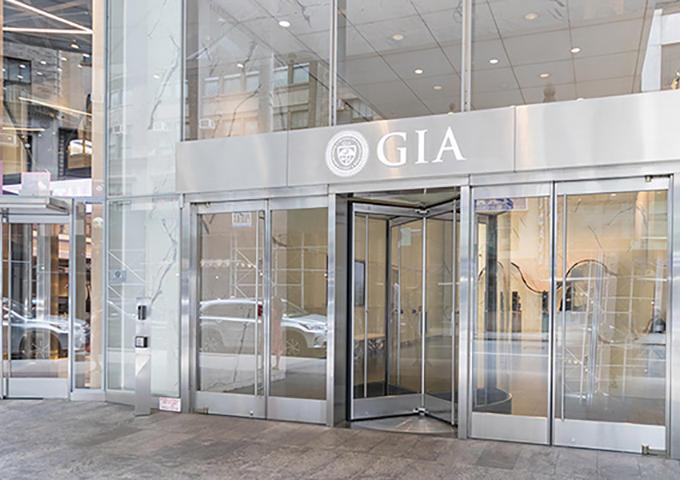The Gemological Institute of America is turning challenges to opportunities in the face of the Covid-19 pandemic. Education, digitalisation and technology are at the forefront of such endeavours.
The Gemological Institute of America (GIA) is offering enhanced education, content, technology and traceability services in response to a new future, redefined by coronavirus-led changes in the way business is done. The institute unveiled significant initiatives at a webinar, GIA Knowledge Session Special Edition: Looking into the Future, on October 27, 2020 as part of the Jewellery & Gem Knowledge Community programme for Informa Markets Jewellery’s virtual event, Jewellery & Gem Digital World.
Speakers were GIA officials Susan Jacques, president and CEO; Mark Buntz, chief marketing officer; Nellie Barnett, PR and media relations manager; and Cathryn Ramirez, director of Global Business Development.
Education
According to Jacques, the gemstone and jewellery industry is at a critical turning point, with disruptive changes already taking place pre-pandemic. The crisis ushered in a new normal faster than anticipated and with this sudden shift comes the need to widen perspectives. Optimism is also key to sustaining business confidence and resiliency. “The human desire to celebrate life's moments with gifts of gems and jewellery, which predates the pandemic by millennia, will outlast Covid-19 well into the future,” she noted. “In these times of extraordinary challenge, we see a great opportunity to adapt, transform and lead.”
GIA is expanding its foothold in China, citing the massive potential of online learning there. As such, the institute is extending the range and frequency of its Chinese-language distance education courses through its schools in Hong Kong and Taiwan, along with sponsor schools in Shenzhen and Shanghai.
From this year, GIA will convert its Applied Jewelry Professional course into Chinese-language e-learning while the first part of Graduate Gemologist, diamonds and diamond grading will follow in 2022.
“The number of GIA alumni from China is second only to the US. We are incredibly proud of this, and we look forward to adding more new members from China to the GIA community,” remarked Jacques.
Barnett, for her part, talked about GIA’s mission to protect and uphold consumer trust through education. Presently, the institute has around 150,000 active alumni.
GIA is ramping up its e-learning programme. Its gem identification e-learning course trains students to identify more than 60 species of gems, distinguish natural from laboratory-grown gems and detect treatments.
Diamonds and diamond grading courses meanwhile focus on the influence of colour, clarity, cut and carat on the value of the diamond; as well as diamond treatments, simulants and lab-grown diamonds.
Complementing these educational courses is a range of content offerings encompassing field expeditions in gem mines, advances in grading labs around the globe, and social media updates through GIA’s Facebook community, according to Buntz. When classes were suspended in March, GIA started holding knowledge sessions through live webinars with GIA experts on gemstone origin, lab-grown stones and new grounds in field gemmology. These knowledge sessions are now a key part of the institute’s content strategy.
Technology
Ramirez discussed the need to build up a company’s digital ecosystem to seamlessly connect with consumers. GIA has redesigned its online store to make it easier to find gem identification equipment, gem displays as well as content, which is part of GIA’s digital sales tools. The instrument section gives visitors access to the latest innovations in gem detection such as the GIA iD100.
To further promote trust and traceability in the industry, GIA also offers reports with detailed data for diamonds and coloured gems such as the GIA Diamond Origin Report, which traces a diamond’s journey to confirm its geographic origin. Coloured gemstone connoisseurs may avail themselves of the Colored Stone Origin Report. GIA said it is also introducing the Colored Stone Origin and Traceability Report and the Diamond Origin Dossier Report. GIA likewise offers the new Cultured Pearl Classification Report.
The institute earlier introduced LGDR by GIA, a family of four new digital only reports for lab-grown diamonds.
According to Jacques, GIA is banking on the future of digital reports, with consumers increasingly leaning towards technology-based solutions, mobile devices and online shopping.
“We do have a bright future ahead of us. We need to listen to the consumer and adapt. We need to be relevant to how the consumer wants to interact with retail today,” Jacques noted. “Omni-channel is obviously the future.”








